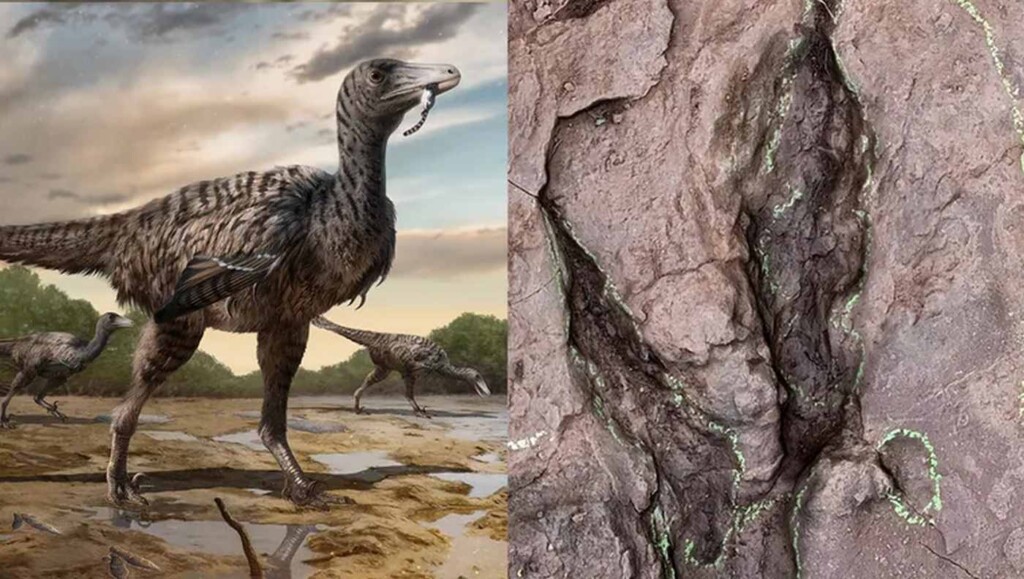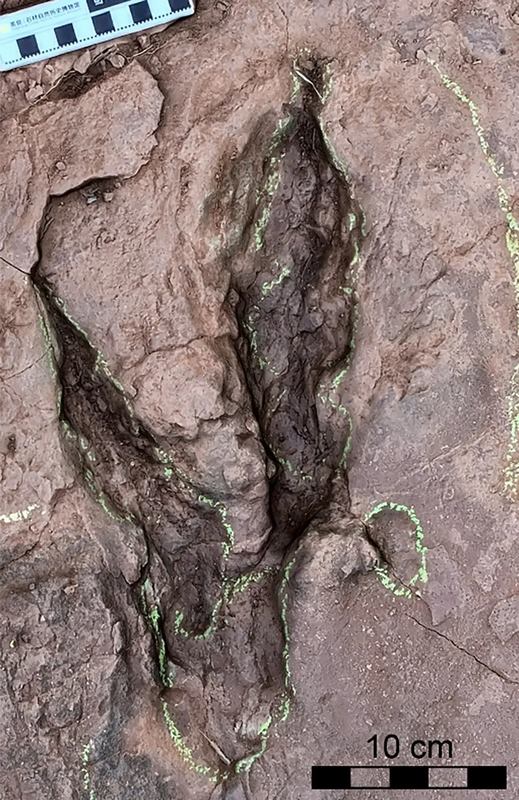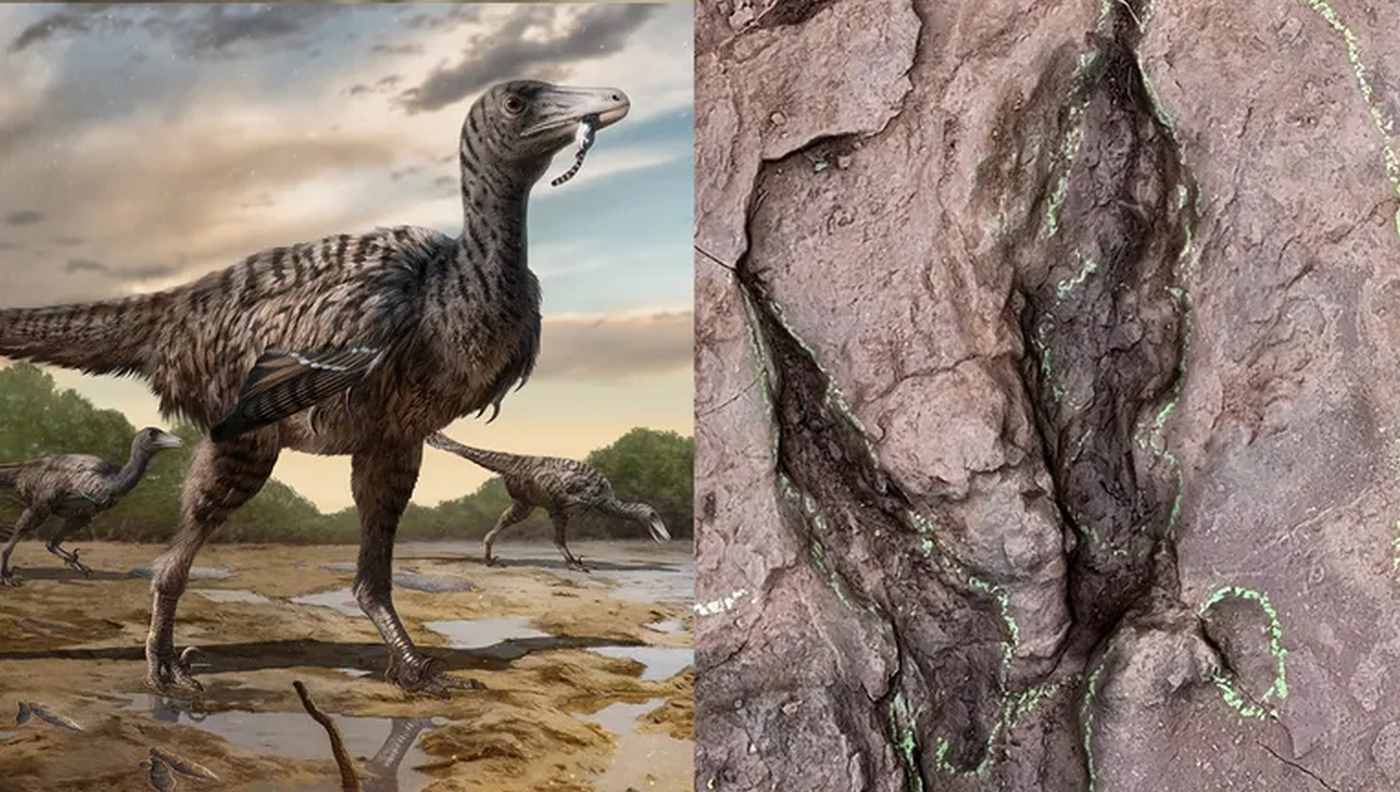
An apex predator can be any size really, from the raccoon-sized quolls of Australia to the Bengal tiger: and this is exactly the sort of insight that scientists have just gleaned from a giant dinosaur footprint found in China.
The reason it’s giant is not so much because it’s big—they’ve found many that are bigger—but rather because it’s the largest fossilized footprint of a raptor ever recorded.
Found in the province of Fujian, China, the footprint belongs to a new genus, now called Fujianipus meaning “foot of Fujian,” and the species is called yingliangi. It is one of the largest raptors ever identified, and comes just under the largest estimates for Utahraptor
Raptors, officially called Deinonychosaurids, famously invaded the American zeitgeist with the 1993 release of Jurassic Park, but despite being more on the tiger side than the quoll side in terms of body mass in the film, real raptors were often really small.
“Raptors were good at being small,” Scott Persons, assistant professor of paleontology at the College of Charleston and a member of the research team behind the discovery, told ABC News 4 WYFF. “When it comes to house cat-and coyote-sized predators, raptors were widespread and globally successful for tens of millions of years.”
In Fujian, the track was discovered in an area of about 17,000 square feet that contains more than 240 identifiable dinosaur tracks in total. They were likely made when the animals walked through the mud near a riverside.
“You know a raptor track when you see it,” Lida Xing, a Chinese paleontologist who spearheaded the project, said in Paleontologists Discover Massive Dinosaur Tracks in China, Hinting at One of the Largest Known Raptors | Smart News| Smithsonian Magazinea news release. “But these tracks are different from any that have ever been found.”
The reason it’s so obvious is that unlike almost all hunting theropod dinosaurs, raptor tracks have only two toe imprints. This isn’t because they had only two toes, but rather because their middle digit sported a long curved talon, and the animal raised it up above the two to prevent it from being damaged.
CHINESE DINOSAUR FINDS: A Kind of Cretaceous Crane Enters Fossil Record as Long-Legged Wading Dinosaur Found in China
The five imprints measure 14 inches from claw to heel, suggesting Fujianipus stood up about 6 feet tall at the hip and was around 16 feet long, more than double the size of your average velociraptor which grew only 6 feet long.

Furthermore, according to the proportions of the toe, it’s believed the animal was a troodontid. Troodontids were small, relatively intelligent, and feathered hunting theropods that lived during the Late Cretaceous period, before the Earth was impacted by the comet which brought the age of dinosaurs to a close.
GREAT DINOSAUR STORIES: Portuguese Man Accidentally Finds 82-Foot-Long Dinosaur in His Backyard
It probably competed with other apex dinosaurs during its time, but while theropods like Tyrannosaurus found a niche in the ecosystem for a large predator, Fujiianipus found a space for a large, fast predator.
Most raptors stayed small, but something caused Fujianipus to grow quite large. What it was is a fascinating question that only more discoveries can reveal.
SHARE This Great Dino-Discovery With Your Friends…




















